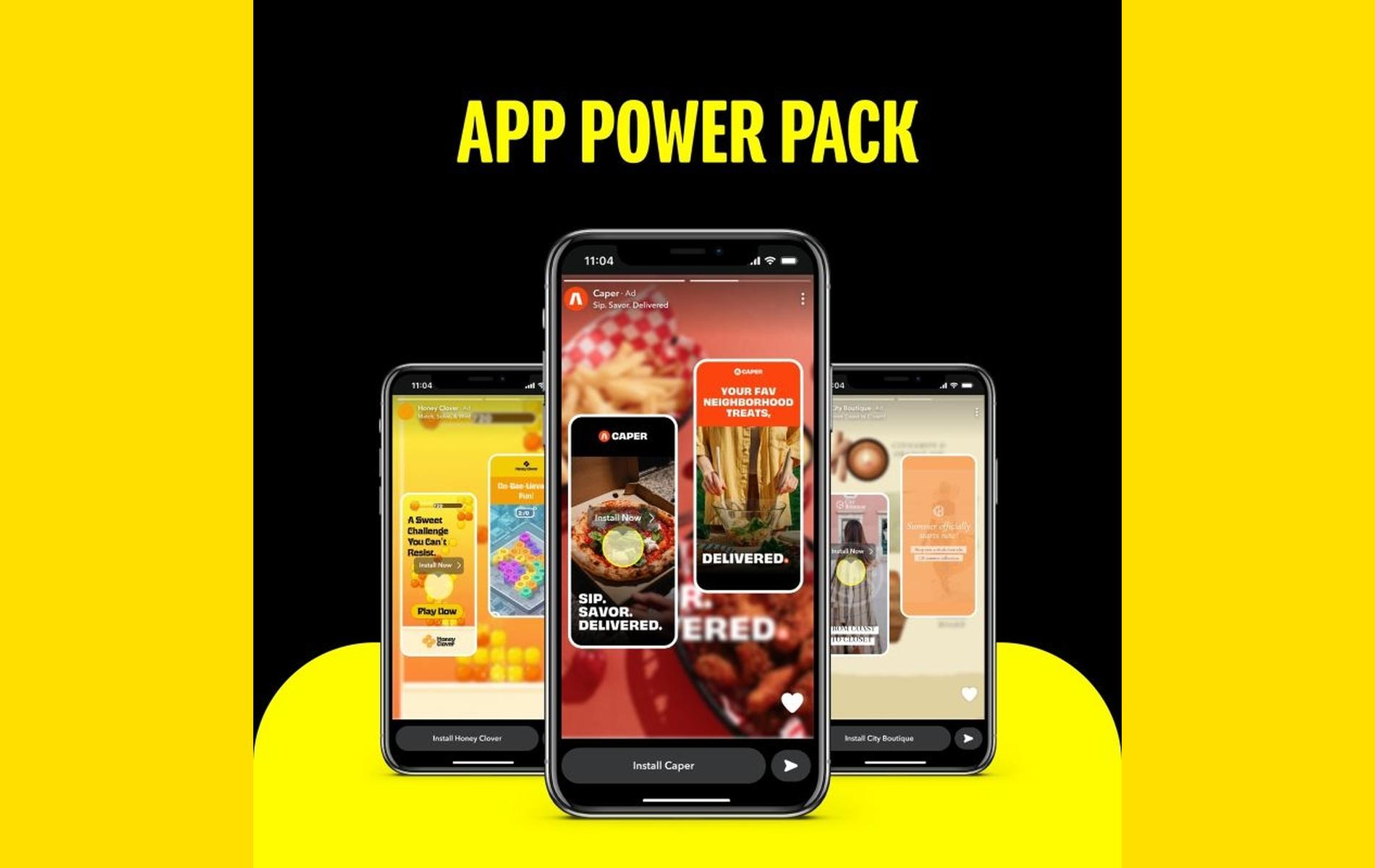News - News In Brief
How to maintain customer relationships through COVID-19
March 30, 2020
.jpg) Advertisement
AdvertisementLiana Technologies, a global digital marketing automation software company, has launched a series of global CSR initiatives to support its clients around the world to maintain business as usual, in this time of social distancing.
Tomi Saikkonen-Williams, Vice President at Liana Technologies Middle East, advises businesses across the Middle East to move or ramp up all communications online, while social distancing becomes increasingly enforced: "The coronavirus outbreak is first and foremost a human tragedy, affecting hundreds of thousands of people. It is also having a growing impact on the global economy and so naturally affecting us here in the UAE. We want to provide business leaders with a perspective on how to tackle the evolving situation and the economic implications for their companies," says Saikkonen-Williams.
Declared a pandemic by the World Health Organization, COVID-19 has left companies unsure of how to communicate most effectively with both internal and external stakeholders. And while corporate leaders may be unsure of how to proceed, it’s imperative to communicate with customers, investors, suppliers, business partners, and employees to share compassion, show responsiveness, and demonstrate strong leadership. What that means for you as a business leader, is ramp up your communications and provide information that will reassure and help your customers at this time.
The guiding principle for all stakeholder communications is to listen first, followed by empathic and useful responses. It is important to understand the perspective of your customers and employees, and what they need to feel reassured and safe. Taking time to practice compassionate communication during times of stress builds trust and underscores commitment at multiple levels.
Here are the top tips for how companies should be communicating with both external audiences and internal audiences:
1- Weekly correspondence: Provide external stakeholders with open, transparent updates on a weekly basis. Don’t wait to communicate. Don’t assume that stakeholders are feeling confident in your business. This is especially true if your business has high customer interaction. Even if you’re not a business with high customer touchpoints, customers may be looking for reassurance. It is important to provide updates on how you’re putting customer health, well-being and business performance first.
a- Use email marketing for your weekly communications.
b- Automate correspondence.
c- Add a landing page to your website, dedicated to information about your business activities during the COVID-19 pandemic.
2- Open two-way communication channels: (Virtual) interaction is imperative. Speak to key stakeholders to gain feedback on how you can support. What are they worried about? What do they need help with?
a- Create advice content for your clientele in the form of blogs, emails and to the wider audience with press releases.
3- Stay ahead of the information curve: Set up robust media monitoring systems to stay educated on the outbreak. Offer your customers online learning opportunities. We recently hosted a webinar for how to up your game using our set of digital communication tools and used a guest speaker to offer advice on creating content that will help you convert during this difficult time. We in fact had 20 times more registrations than during our previous webinar. Customers have the time and inclination to be helped, use this.
a- Run webinars
b- Use media monitoring software
4- Enable your team for success: Provide employees with messaging to share with customers and partners. Be truthful about what you don’t know and avoid sweeping statements that may prove to be false in the coming weeks.
a- If you have followed our advice thus far and created a landing page, dedicated to your clients during these trying times, add an FAQ’s page. You can easily take a news plugin for this function.
b- We recommend enabling external comment functionality for improved feedback from customers.
c- Allow your customer service and sales teams to offer reduced prices or increased services during this time to customers
In times of stress and uncertainty communication is necessary. Don’t be afraid to communicate because of the changing nature of this epidemic or assume your stakeholders don’t need assurances. Show true leadership by providing open conversations and compassionate communications with your customers, investors, suppliers, and employees. If you were sending email newsletters monthly before, don’t be afraid to increase that to weekly for the time being. Keep your content fresh and informative, but automate the dissemination because it will allow for much better targeting and audience segmentation.
In collaboration with marketing automation tools, you need to ensure it’s integrated with channels from which data can be pulled. Once you have the data, it needs to be analysed and segmented to an individual level, and then utilised for personalised customer communication via marketing automation. Every part of this process should be speaking to the other parts for maximum efficiency, information and results.
Depending on your business your data collection channels can be: CRM; Website; Email marketing platform; Mobile app; Event management tool; Social media; Online store; ERP system.
Your goal as a business leader during this down time should be to increase customer engagement and position yourself as a reliable, value-add partner who goes above and beyond during difficult times.



.jpg)







